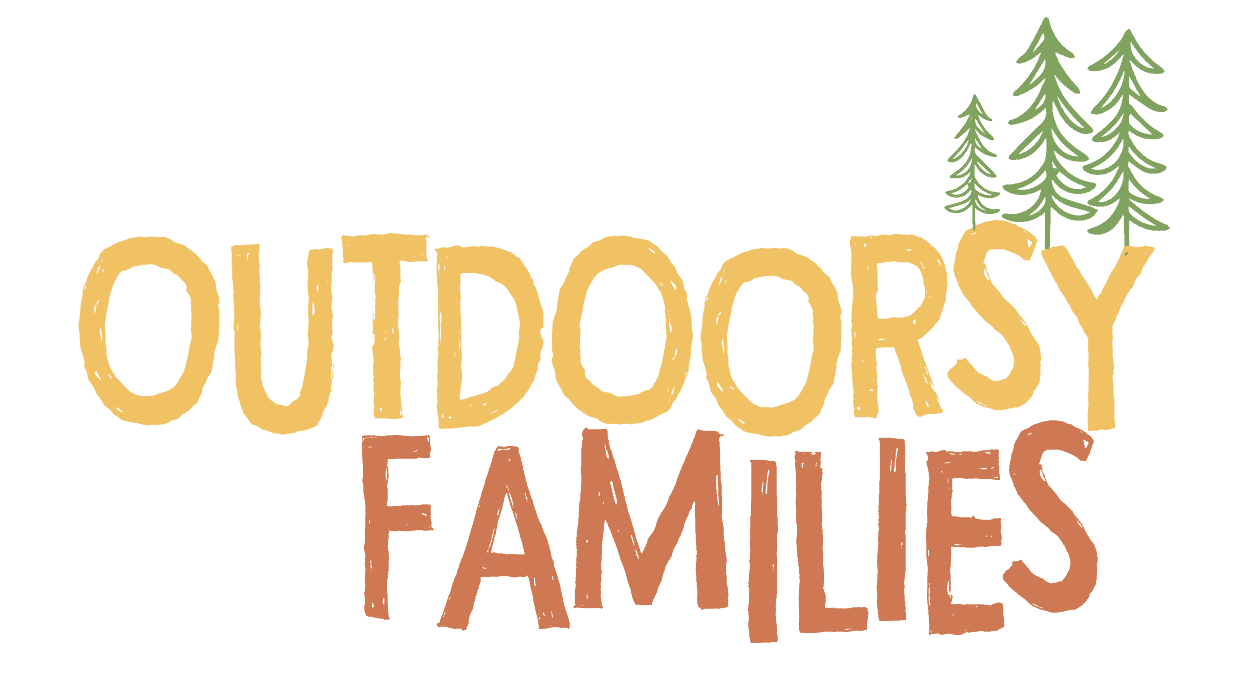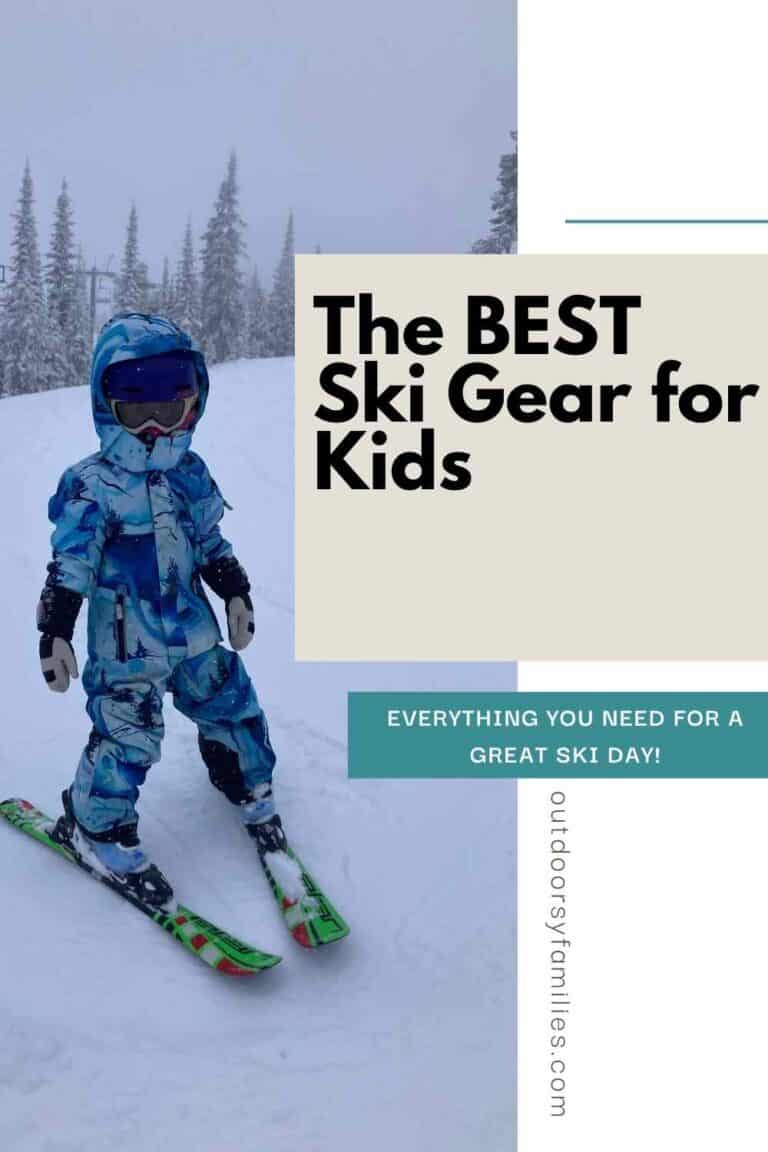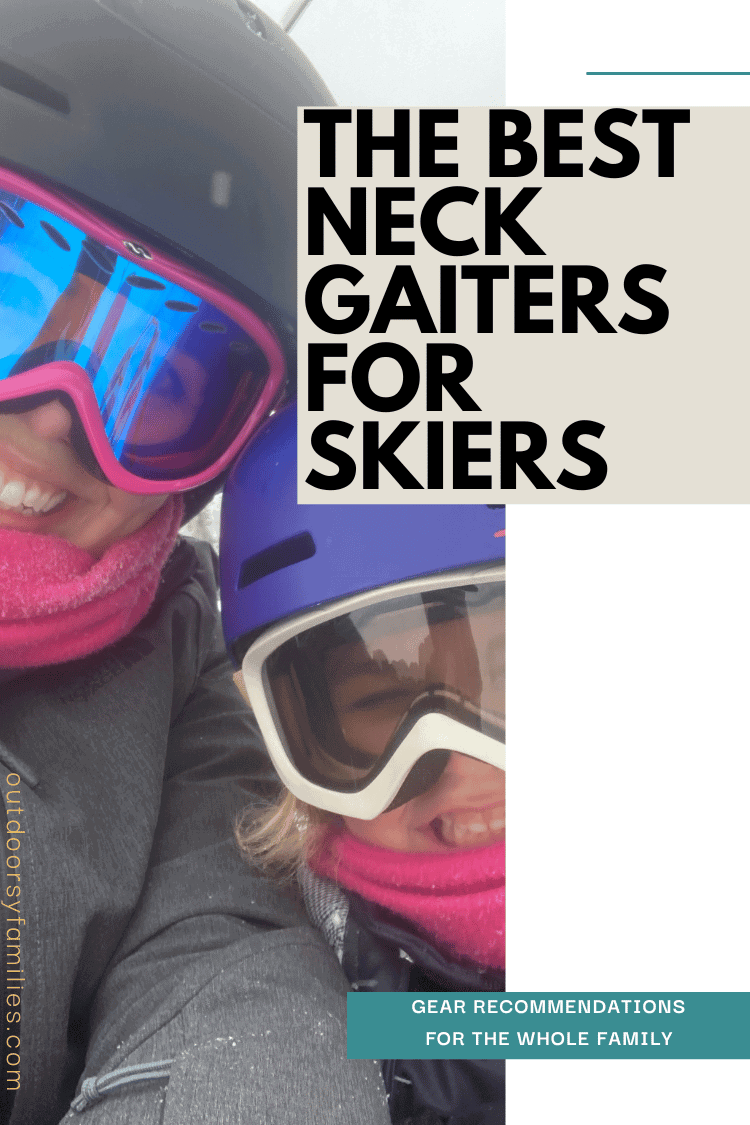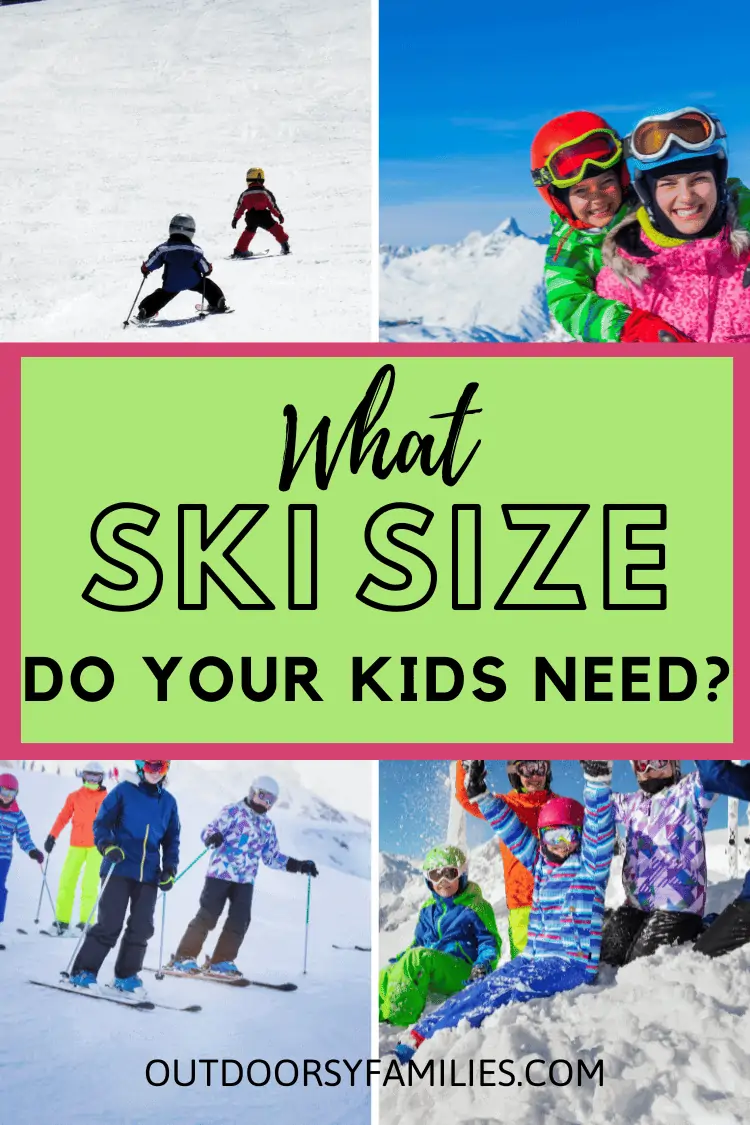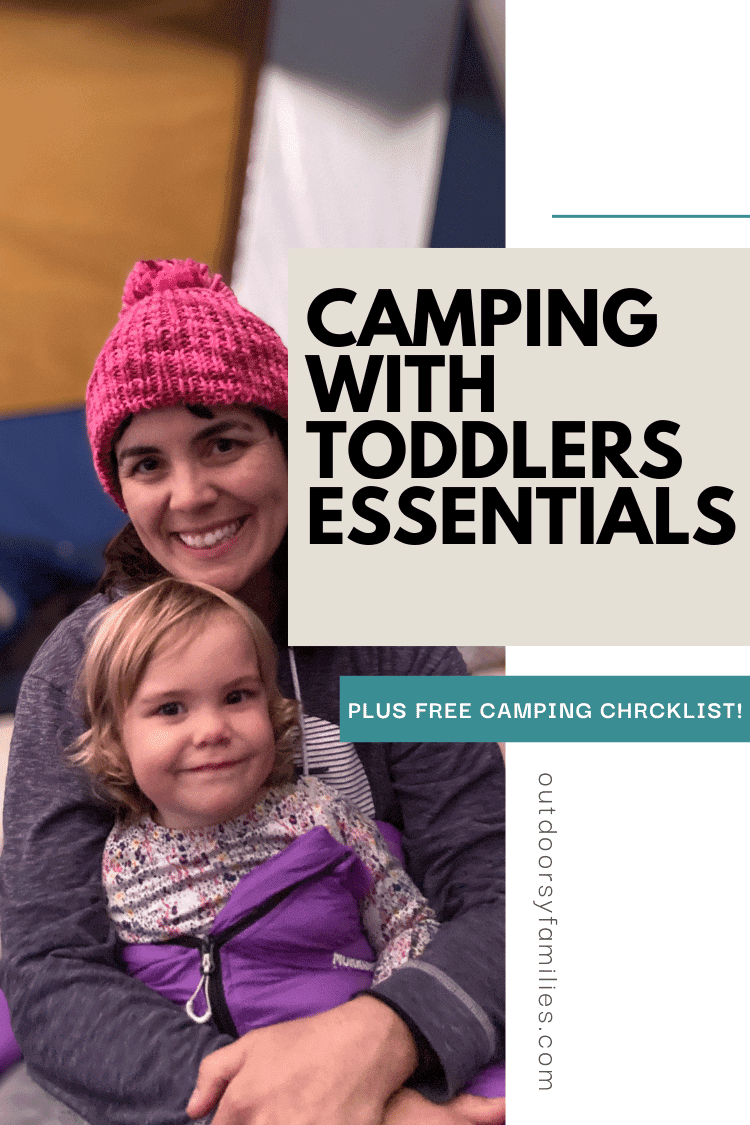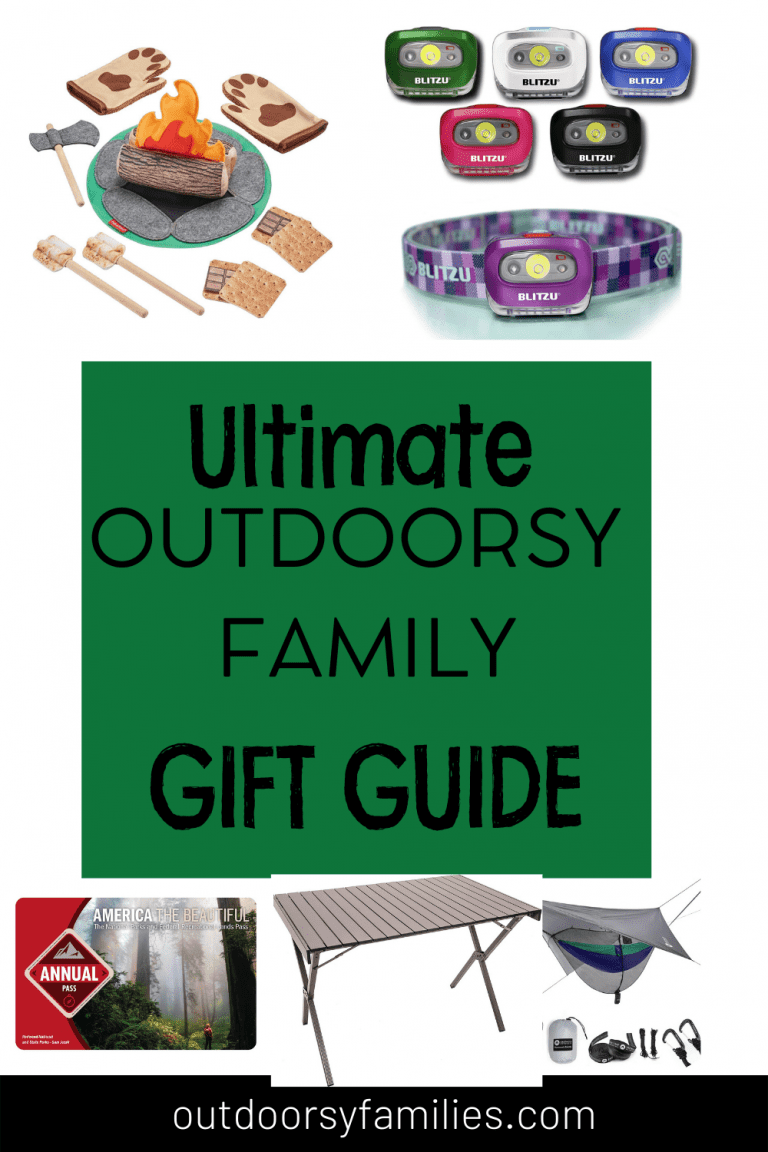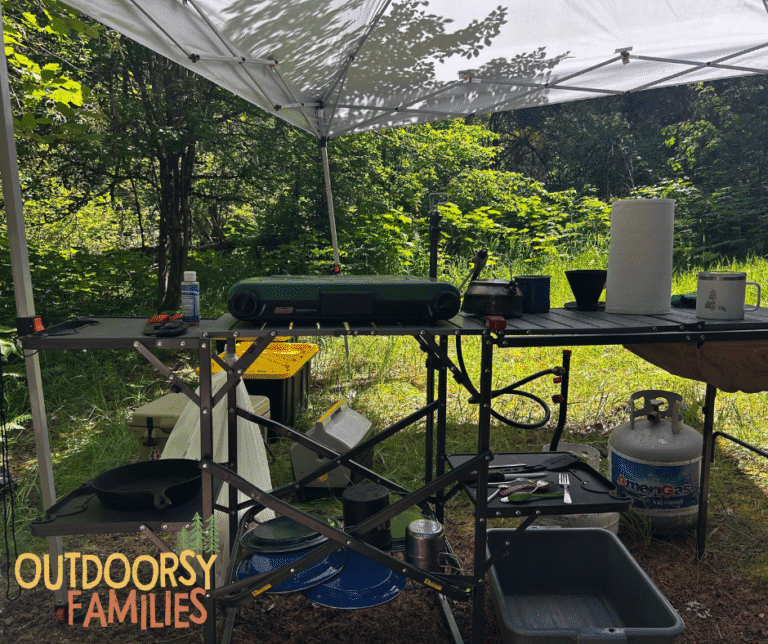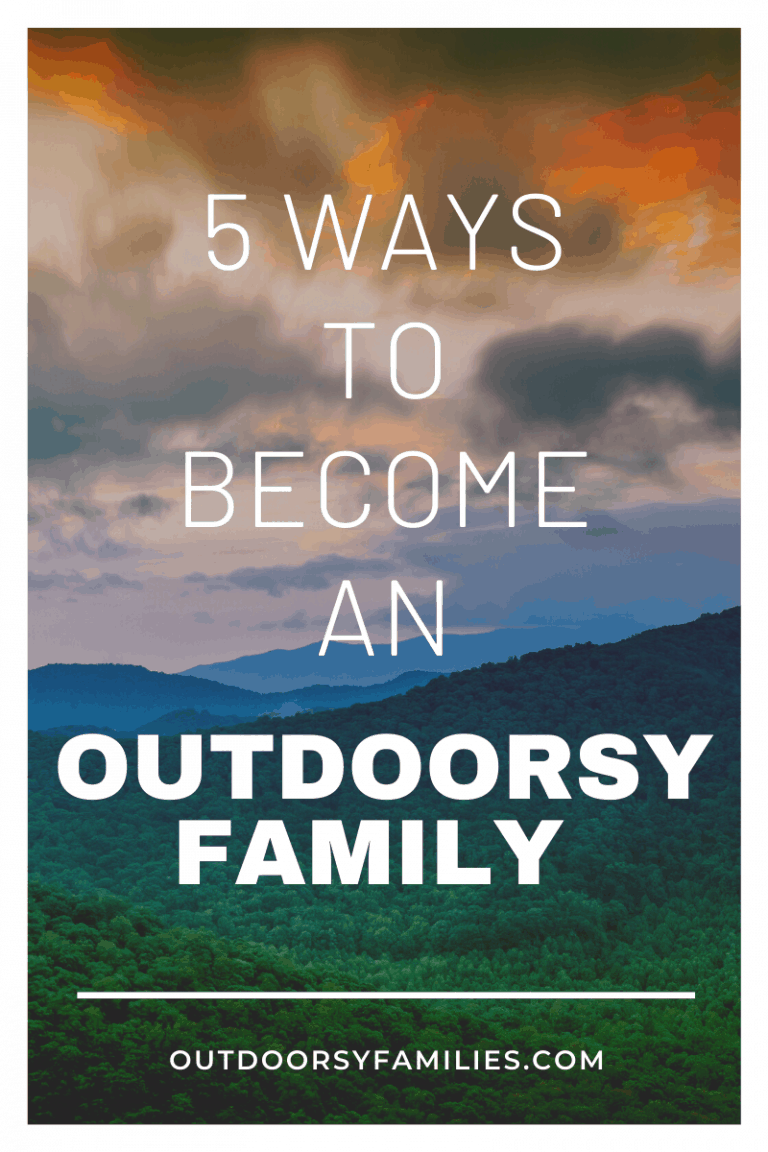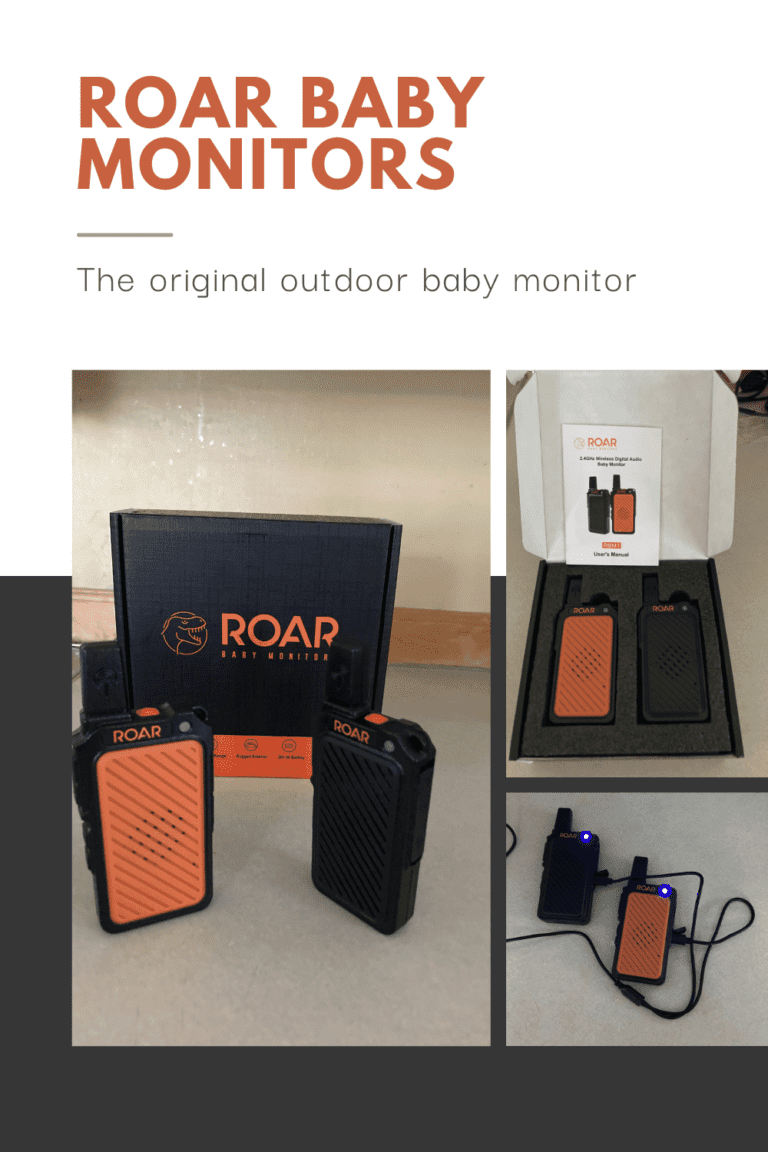The Perfect Layers for Skiing: A Complete Family Guide
Last Updated on September 23, 2025 by Audrey
Layering in winter is essential when you’re going to be spending any significant amount of time outside in the wintry elements. It’s especially important for young children and kids who have a lower tolerance for cold temperatures. Learning proper layering before a family ski day can make a tremendous difference to how the day is going to go.
This complete family guide to layering provides detailed information about the different layers needed for a great ski day, as well as a shopping guide for every member of the family.

This post contains affiliate links, including links from Amazon. If you use these links to buy something, we may earn a small commission at no extra cost to you. Thanks for supporting our family!
What are Winter Layers?
Layering clothing is the practice of adding essential layers to provide insulation, breathability, and warmth while outside in cold weather. Just as you would bring a sweater on a comfortable spring day, you need to prepare and bring different clothes to make your ski day the best day possible.
There are three basic layers you want to include in your ski day setup. They include base layers, mid layers, and outer layers.
Base Layers
The base layer, also known as the long johns for old schoolers, is the first layer that will be against your skin. It’s meant to wick away moisture from your body, keeping you dry on the slopes. I choose two different materials for ski day layering. One great base layer option is merino wool. Merino wool is naturally wicking, and will draw moisture away from your skin, keeping you comfortable and dry on the slopes. This helps by keeping your body temperature comfortable. The other option is using synthetic fabrics to wick moisture away. These breathable fabrics go a long way to keep you dry closest to your skin. Both work great, and it comes down to preference and budget for what works best for you and your family.
My husband and I use synthetic fabrics for our base layers. They’re a lower cost options vs. merino wool and can last years. (I even have a pair of 15-year-old base layer pants that are still going strong!) For our kids we have a mix of merino wool and synthetic. My daughter prefers merino wool, while my son likes his synthetic base layers because they are more “atheticy”. When he was younger, he happily wore his merino wool, but now he’s more interested in looking a certain way!
Base layers come in different weights, from thin synthetic options to heavier fleece-lined base layers. I have a variety of weights for base layers and choose the best for the conditions. Warmer days call for thinner base layers, while colder days need something with a little more thickness.
Mid Layers
Mid layers, like base layers, come in a variety of styles and materials. Mid layers are the layers meant to provide warmth and insulation to keep you cozy, even on the coldest of ski days. These can include fleece pants, fleece jackets, or even heavier layers, like down or synthetic puffy jackets. Down insulation and synthetic insulation both have their pros and cons. Down can typically be more expensive, but I find it to be the warmest option for me. Synthetic insulation can be more breathable. If down insulation gets wet, it no longer provides warmth and takes a long time to dry out.
What you choose to use as a mid layer is such a personal preference, especially for adults. Personally, I can get a little cold while skiing unless it’s a warm, bluebird day. I choose fleece pants paired with a down puffy jacket. The combo keeps me warm, even on a very cold day. My husband often forgoes his mid layer jacket for an insulated outer layer. It has to be a pretty hot spring day for me to do this!
For my kids, I always start out with a mid layer sweater or jacket, depending on the temperatures outside. If they get warm, we can always take off a layer or adjust as needed. Depending on what my kids are wearing, and the temperatures outside, I often layer them in a pair of thick fleece pants and an insulated puffy jacket for cold days. On warm days, especially during spring skiing, we’ll skip the mid layers and opt for only base layers and outer layers.
Outer Layers
Outer layers keep you dry, warm, and protected from the wintry elements. Choose something that has waterproofing and wind resistance to make a great ski day possible. I like to ski with my shell and add a down jacket as my midlayer for the ultimate warm, dry combo. I also pair that with insulated ski pants. My husband opts for an insulated jacket and pants, combining his outer layer and mid layers into one on more mild days and pairing a lightweight mid layer on colder days. This season, my kids have been favoring their TownHall insulated jackets or their Reima snowsuits.
Layering Accessories
The final layer needed to provide your family with the best ski day are the accessories. Pack warm, insulated and waterproof mittens or gloves. (Check out my complete guide here!) Pair that with a face mask or neck gaiter, helmet, and goggles and you’ll be ready for a fantastic day! Don’t forget the ski boots, snowboarding boots and ski socks! And while we’re on the topic of ski socks, I recommend getting skiing or snowboarding specific socks. They are taller than typical socks with added cushion to support your legs and feet while hitting the slopes.
Why Should You Use Layers While Skiing and Snowboarding
We’ve all been in situations where we are less prepared than we should have been, especially when trying something new. I’m trying to save you the pain of learning why layering is a crucial step to making your ski day the best day it can be. Your body heat can only go so far to keep you warm in winter weather conditions.
Layering for ski days is an essential step to keeping your body warm, dry, and comfortable when hitting the ski hill. The best thing about layering correctly is that if you are too warm or too cold, you can always add more layers!
Also, be sure to pack additional layers in your day bag just in case! There have been plenty of times we’ve needed to do a mitten switch or I’ve been happy to change into a cozy pair of fresh socks in the middle of the day. That additional layer may seem excessive before going out for the day, but you’ll be happy you were prepared when something comes up!
Different Layering Systems Based on Age and Activity Level
Everyone will have different layering needs based on their age and activity level. I even need different layers depending on how I’m skiing. When my kids were toddlers and young children, I would spend a lot of the ski day helping them navigate the mountain. I was working hard and would get hot easily! That’s when I only needed a lightweight mid layer, and pit zips opened on my shell. Now that they are older and can get around the mountain on their own, I need more layers because I’m not working as hard.
The same goes for my kids. They’re at an age where we can stay outside longer, skiing lap after lap off the chairlift! Gone are the days of short runs followed by hot cocoa breaks in the lodge. Back then I could get away with a lightweight fleece as a mid layer, but now that we are making our way to the backside of the resort, we need additional insulation to keep toasty at higher elevation and on longer chairlifts.

Winter Layers for Babies and Toddlers
When you’re choosing layers for babies and toddlers, opt for breathable outer layers that have plenty of insulation. At this age, babies can’t tell you how hot or cold they are, and overheating can be just as dangerous as letting your little one get too cold. Choose a merino wool bunting for the littlest babies and consider baby wearing during your short adventures outside.
For toddlers, consider choosing a one-piece mid-layer paired with a snowsuit, such as Reima’s high-quality snowsuits or an insulated jacket and insulated snow pants. If you are in very cold climates, check out June and Jul’s snowsuits. You want to choose layers that don’t impede your toddler’s motion, while still keeping them warm and dry on even the coldest of days. Remember that when skiing with toddlers, you’ll most likely be spending plenty of time on the bunny hill and taking frequent breaks to play in the snow, and take breaks in the lodge. I found that my toddlers did not like spending their lodge time in their snowsuits. They’d become overheated, but I also didn’t like the hassle of taking off their ski boots every time we came inside just to get the snowsuit off. This was when I preferred my toddlers to wear a snow jacket and snow bibs.
Save 20% off your Reima purchase with the discount code OUTDOORSY20
Top Picks for Layers for Babies
Reima Wool Mix Mid Layer – This is the perfect mid layer for keeping babies cozy inside the lodge and outside!
REI Down Bunting – This affordable 650 fill down bunting is the perfect outer layer snow suit to keep the littlest adventurers warm on excursions out into the snow.
Top Choices for Layers for Toddlers
Reima Taitoa– These base layers are the perfect mix of wicking wool, combined with the softness of silk! They seriously are the softest, most snuggly base layers out there. They’re also thick and perfect for cold days out on the mountain. Be aware, Reima’s sizes are large, and so I’ve been able to get 3 seasons out of our Taitoa base layers. They’re still holding up great, despite multiple years of wear and tear (including camping in the summers!)
Reima Puhuri has, in my opinion, the most adorable patterns for babies and toddlers. It’s also a great deal, coming in just under $100. This was the snowsuit we used for our toddlers when we lived in Northern Minnesota. Rated down to -5 degrees, I know from experience that this snowsuit can withstand frigid temperatures – and at a great price! We loved this waterproof toddler’s snowsuit, and wish it came in larger sizes at this price!
Save 20% off your Reima purchase with the discount code OUTDOORSY20
Skiing and Snowboarding Layers for Kids
Depending on your kid’s skill level and enthusiasm for skiing, your child could be outside skiing for most of the ski day! This is such a fantastic time to be skiing as a family! Everyone is on board to be outside for the day, exploring the mountain.
This is also when layering becomes crucial. If you’re taking a ski trip to a larger resort, chances are that you will find yourself very far from the rest of your gear. In order to make sure you have the best day possible, opt for high-quality ski gear that will keep your kids comfortable all day long. There’s nothing worse than realizing you forgot your child’s mid-layer in the car and you’re at the top of the mountain. (Seriously, ask me how I know this!)
Top Layers for Kids
Akova (formerly Shred Dog) Base Layer Top and Pants – These high-quality base layers are made from synthetic material designed to wick away moisture and keep kids comfortable on icy days. They’re a thicker base layer and feature four way stretch that allows kids to more comfortably no matter what activity they’re doing. These are also a great base layer for any activity- whether it’s skiing, hiking, or an extra layer on cold days at the soccer field.
Shred Dog (now Akova) Element Jacket – This thinner puffy jacket is much warmer than you’d expect! It’s thoughtfully body-mapped to add insulation where kids need it the most, and not where they don’t need it (under arm, anyone?) It easily and seamlessly zips into the Elevated hardshell, but what I love about it is that it can be used on its own. My daughter wears hers year round, including chilly Montana winter days.
Are you ready to join the AKOVA family? Get 25% off with discount code OUTDOORSYFAMILIES!
Reima Palaten Snowsuit – The Reima Palaten snowsuit has all the features you’re looking for in a snowsuit for skiing. The wide cuffs make it easy to use with ski and snowboarding boots, while the reinforced knees, seat, and ankles bring solid durability to a great product. I love the pocket for RFID ski passes on the arm and the spacious hood to accommodate helmets. Another great feature is the elastic cinches on the waist to get a comfortable fit for any kid.
Save 20% off your Reima purchase with the discount code OUTDOORSY20
Skiing and Snowboarding Layers for Tweens and Teens
Teens and Tweens should have plenty of say in what style they choose for their ski layers. (I know those matching family snowsuits look cool to you, but do you think your 13-year-old wants to match you on the hill?)
Choose a high-quality ski jacket from a brand that caters to younger skiers, like Dope Snow or Montec and you’ll make your teens ski season even better.
Skiing and Snowboarding Layers for Women
Can I admit that I’ve been wearing the same outer shell for the past eight ski seasons? It’s Gore-Tex and has been a good option for all sorts of different temperatures. But this also reflects how I treat my own gear. My kids may get the best new ski layers each season, but I’m still sticking with my old trusty North Face shell! I typically pair it with my down jacket mid layer and a few rotating sets of base layers that have been around longer than my kids.
All this to say, you can choose a ski outfit that will last your needs year after year if you choose the right gear designed to keep you warm all winter season.
Skiing and Snowboarding Layers for Men
I’ll admit, my husband takes a similar approach to ski gear as I do. We purchase what is within our budget and we will use it through the life of the product. I know my husband can tolerate the cold longer than I can, and he typically gets warmer than I do. Rarely does he choose to ski with an insulated puffy!
The Perfect Layering System for Skiers and Snowboarders
The perfect layering system doesn’t need to be complicated. Choose a base layer that will do a good job wicking moisture away. Pick a middle layer that can be a flexible insulating layer, depending on the conditions. For warmer, sunny days, choose lightweight synthetic materials, like a fleece, and for the very cold days, choose an extra layer that can provide additional warmth. Pick an outer layer that is quick drying and water resistant.
Once you’re set up with your own layering system, you’ll be ready for the perfect ski day!

Other Skiing Content
-
Choosing Ski and Snowboard Rentals for an Awesome Ski Trip
Last Updated on March 13, 2025 by Audrey Are you a beginner skier just looking to try out the sport? Maybe you’re a family of intermediate skiers that take the occasional skiing trip and want to maximize your family time by cutting out worrying about gear. Choosing to rent ski equipment can be a great…
-
Blog | Outdoor Play | Skiing
Jan and Jul Snow Outdoor Gear Review: Kids Gear at a Great Price
Last Updated on May 16, 2025 by Audrey My kids love to play outside in the snow. Most snowy days will see my kids outside until dark, so of course I look for gear that can keep my kids warm and dry, even on wet, chilly days. This winter, we tested the Jan and Jul…
-
Reima Snowsuit Gear Review for Kids and Toddlers
Last Updated on September 23, 2025 by Audrey We’ve been using Reima gear for years now. Honestly, they’ve got some of my favorite outdoor products for my kids, like affordable yet durable rain mittens, snow boots that are warm, functional, and easy to put on, and some of the most waterproof, durable mittens we own. …
-
The Ultimate Guide to Kids Ski and Snowboard Gear (2025)
Last Updated on September 30, 2025 by Audrey This post contains affiliate links, including links from Amazon. If you use these links to buy something, we may earn a small commission at no extra cost to you. Thanks for supporting our family! The Importance of Good Ski Gear for Kids Skiing with kids is all…
-
18 Best Neck Gaiters for Skiing and Snowboarding (2025)
Last Updated on September 23, 2025 by Audrey Staying warm on a cold ski day is essential to keep the whole family happy. We know the importance of quality ski helmets and outer gear. But, sometimes we can forget about a critical part of exposed skin. Our faces and necks! This guide shares the best neck…
-
Shred Dog Gear Review: Kid’s Ski Gear (Now AKOVA!)
Last Updated on October 31, 2024 by Audrey This post contains affiliate links, including links from Amazon. If you use these links to buy something we may earn a commission at no extra cost to you. Thanks for supporting our family! Choosing the correct winter gear for kids can have a significant impact on how…
